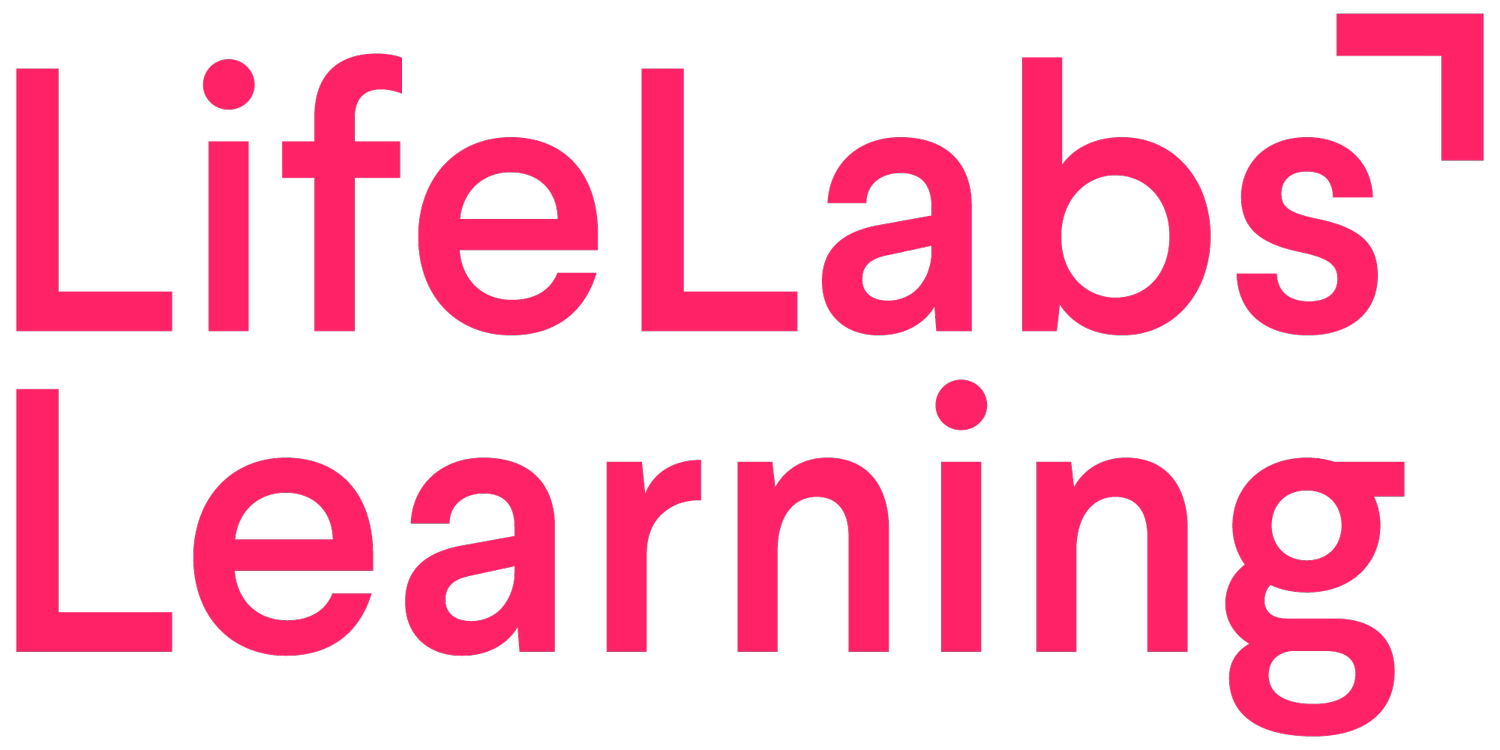10 Tips for transitioning to the hybrid workplace
5-minute read
Gone are the days teams are expected to be on-site 9 to 5. Here at LifeLabs Learning, we’ve worked with more than 1000+ companies and know that hybrid and remote-first work is here to stay. Offices reopening, shifting expectations, and advancements in technology and communication have led many companies and their employees to reevaluate what it truly means to get stuff done.
Here are our top ten tips for transitioning to the hybrid (both office and remote) workplace.
1) Anticipate challenges with meetings.
In a hybrid work environment, meetings can be harder to manage. Research suggests 98% of meetings will include participants joining from home (post-COVID). Set the precedent of one person, one screen and encourage all people to dial in on their laptops with cameras on. This will ensure all team members, remote and on-site, feel included.
2) Make communication deliberate.
Communication can become more confusing amongst distributed teams. Clearly identify your team’s communication channels and their primary usage (email, phone, text, etc.) Clarify how to show when people are working, not working, busy, in-office, remote, etc.
3) Evenly distribute information flow.
A common hybrid challenge is an uneven distribution of information. The natural flow of information in an office may mean that remote folks may not get info quickly or consistently. Create a predictable cadence of information sharing in the form of a weekly newsletter, biweekly all-hands meeting, or a monthly “Ask Me Anything” chat.
4) Don’t forget to include remote employees.
In the hybrid workplace, remote folks can feel invisible. Consider beginning meetings with a “round-robin” check-in. This can be a 30-second introduction, update, quick win, or just a greeting. Taking the time to connect at the start of a conversation mitigates the risk of remote workers feeling isolated from the conversation.
5) Hold weekly or bi-weekly one-on-ones.
The need to regularly check-in, coach, and give feedback doesn't go away in a hybrid environment. No one is going to be perfect during this time of transition. Keep communication strong in this new environment by holding frequent one-on-one chats with your team members. Encourage all employees to actively seek developmental feedback, both from you and from peers.
6) Nurture your teams.
When some employees are remote and others are on-site, teams can feel significantly less connected. Invest in co-created experiences and events to unite employees. Ease the burdening by making it explicitly approved for people to schedule work time with coworkers from different departments for casual chit-chat.
7) Make expectations explicit.
In the hybrid workplace, it’s often not clear when it’s expected and okay to be on-site. Make expectations explicit. Clarify which days, times, and locations are best for in-person work for teams who need to collaborate. This is the easiest way to eliminate any confusion.
8) Promote equal access.
Remote folks may feel like it's hard to have their voice heard and build connections to leadership. Make it easy for them. Establish office hours, a clear feedback system, and a forum to present ideas to decision-makers.
9) Establish a clear compensation philosophy.
With a team of remote and on-site employees, compensation and benefits can become more complex. Communicate a clear salary, bonus, and equity philosophy with your teams as you transition to a hybrid workplace. Evaluate spoken and unspoken perks of the office (from freebies to mental health support and professional development), and seek to extend equal benefits to those outside of the office.
10) Provide ongoing technical training.
Advancements in technology have made hybrid teams more efficient than ever before. However, technology can and will become more complex as your team distributes. Consistently provide technology training at onboarding and on an ongoing basis to keep up-to-date.
Hybrid & Remote Work Playbook
Is your team ready to work in hybrid conditions (in-office + remote)? This playbook will help you audit and optimize your company’s hybrid skills.

